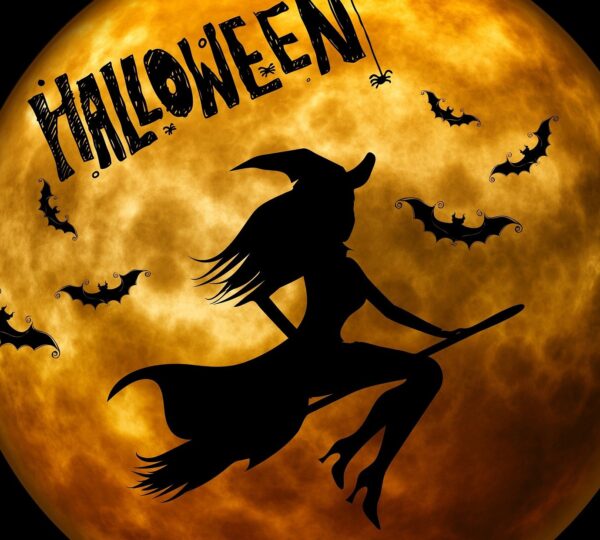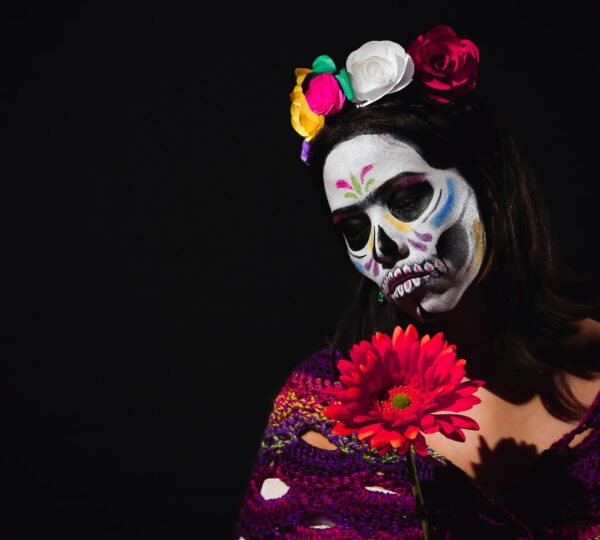
Strange and Spooky: Halloween Celebration from Different Cultures
Halloween is celebrated in many countries around the world, although the manner of observance and activities involved in the celebration can vary widely. The concept of honoring the dead and warding off evil spirits is a common thread although each country brings its unique customs to this holiday.
Let’s dive deeper into how Halloween is celebrated across various regions, highlighting expert opinions and popular sources to enrich our understanding.
Halloween in North America
In North America, Halloween has evolved into a commercial and festive holiday that people of all ages enjoy. It’s dominated by three core activities: trick-or-treating, pumpkin carving, and costume parties, making it one of the most anticipated nights of the year.
Trick-or-Treating: Kids dress up in creative, spooky, or fun costumes and go door-to-door asking for candy. According to National Geographic, trick-or-treating can be traced back to the ancient Celtic tradition of “souling,” where people would visit houses offering prayers for the dead in exchange for soul cakes. Today, it’s a beloved activity for families and communities across the U.S. and Canada.
Pumpkin Carving: Carving Jack-o’-lanterns from pumpkins is one of the most iconic symbols of Halloween in North America. It originates from the Irish legend of “Stingy Jack,” and Irish immigrants brought this custom to America, where pumpkins became the go-to vegetable due to their abundance. According to experts from Better Homes and Gardens, Jack-o’-lantern displays have evolved, with people creating intricate carvings that turn their front yards into eerie exhibitions.
Costume Parties: Halloween parties in North America have grown beyond just children’s gatherings. Adults embrace the night by hosting themed parties, attending parades, and participating in spooky events. These parties often feature horror movie marathons, haunted house experiences, and themed cocktails, making them a key part of the celebration for all ages.
Día de los Muertos: Mexico and Central America
In Mexico and parts of Central America, Día de los Muertos (Day of the Dead) is celebrated on November 1st and 2nd and is distinct from Halloween, although it shares themes of honoring the deceased.
Ofrendas: Families create colorful altars, or ofrendas, adorned with photos, marigolds, candles, and food to welcome the spirits of their deceased loved ones. Marigolds, also known as “cempasúchil,” are believed to guide the spirits back to their families. Experts from National Geographic explain that the vibrancy of Día de los Muertos contrasts with Halloween’s darker, spookier tone, as it’s more of a celebration of life and remembrance.
Pan de Muerto: A sweet, anise-flavored bread known as pan de muerto is traditionally made and shared during the holiday. Shaped to resemble a skull or decorated with crossbones, this bread is placed on the altars and eaten by families in honor of the deceased.
Cemetery Rituals: Families also gather in cemeteries to clean and decorate graves, often spending the night there in celebration, prayer, and music. According to Lonely Planet, the festivity transforms cemeteries into colorful gatherings full of food, music, and laughter, as families remember their loved ones.
Obon: Japan
Though Halloween isn’t widely celebrated in Japan, the Buddhist festival of Obon, which occurs in mid-summer, shares similar themes of honoring ancestors. Obon involves ceremonial dances, family gatherings, and guiding spirits back to the afterlife.
Toro Nagashi: During Obon, Japanese families send off the spirits of their ancestors by floating paper lanterns, called toro nagashi, down rivers or in the ocean. This represents guiding the spirits back to the other world. According to Japan Times, these serene and spiritual ceremonies reflect Japan’s deep reverence for the dead.
Bon Odori: In towns across Japan, families and communities gather to perform traditional Bon Odori dances. The dance varies by region and is meant to celebrate the arrival of ancestral spirits. The Japan Times emphasizes that this community-oriented festival is both a time of joy and reflection, much like Halloween’s balance of fun and fear.
Halloween in the UK and Ireland
Halloween originated in the Celtic regions of the UK and Ireland as Samhain, an ancient festival that marked the end of the harvest and the beginning of the dark winter months. It is still widely celebrated, often resembling the American version but with additional regional traditions.
Apple Bobbing: This traditional Halloween game, popular in both the UK and Ireland, has roots in ancient Roman customs. Participants try to grab apples floating in water with their teeth, a symbol of fortune-telling in the Celtic belief system. Experts from BBC History explain that apple bobbing was once used to predict future marriages, with the first person to bite into an apple being the next to marry.
Guy Fawkes Night: Celebrated on November 5th in the UK, Guy Fawkes Night marks the failed Gunpowder Plot of 1605. Bonfires are lit, effigies of Guy Fawkes are burned, and fireworks light up the sky. Although it is not directly related to Halloween, it adds to the season’s atmosphere of firelight and mischief.
Other Unique Halloween Traditions Around the World
In addition to these major regions, Halloween customs vary greatly across the globe:
Transylvania, Romania: One of the most famous Halloween destinations is Transylvania, known for its connection to Dracula. Tourists flock to Bran Castle, also called Dracula’s Castle, to experience themed tours and spooky festivities. As highlighted by Travel + Leisure, Halloween in Romania blends local legends with modern tourism, drawing visitors eager to explore the haunted tales of the region. The special events include haunted tours that recount the eerie history of the castle, as well as local markets featuring traditional foods like pumpkin soup and apple cider .
Beyond the Dracula myth, Transylvania has its own rich folklore and legends related to the supernatural. These stories often involve vampires, werewolves, and other mythical creatures.
China – Hungry Ghost Festival
In China, the Hungry Ghost Festival occurs during the 7th month of the lunar calendar. Similar to Halloween, this festival involves making offerings of food, paper money, and incense to appease restless spirits. According to China Highlights, this ancient tradition honors ancestors and aims to protect the living from malevolent spirits. Families prepare elaborate feasts and set tables to invite their ancestors, highlighting the deep-rooted belief in maintaining connections with those who have passed.
The Hungry Ghost Festival has deep roots in Chinese culture and is a continuation of ancient traditions that have been passed down through generations.
Germany – All Saints’ Day: In Germany, Halloween is closely followed by All Saints’ Day on November 1st, a public holiday dedicated to remembering the dead. This is a time for families to visit cemeteries and remember their loved ones, lighting candles and leaving flowers on graves. Interestingly, Germans have a unique custom of hiding their knives on Halloween night, believing that spirits returning to Earth could cause harm if knives are visible. This belief ties into a broader theme of respecting the boundary between the living and the dead.
Conclusion
Whether it’s trick-or-treating in North America, building altars in Mexico, or honoring ancestors in Japan, the essence of Halloween—honoring the dead and protecting the living from evil spirits—remains at the heart of these festivities.
From the eerie glow of Jack-o’-lanterns to the heartfelt ofrendas of Día de los Muertos, Halloween connects us to our ancestors and reminds us that no matter where we come from, the mystery of life and death is a universal experience.
References:
History.com:
- History.com. (n.d.). Halloween. https://www.history.com/topics/halloween
Britannica:
- Britannica. (n.d.). Five facts about Halloween [Video]. https://www.britannica.com/video/217412/Five-facts-about-Halloween
Martha Stewart:
- Stewart, M. (n.d.). Pumpkin carving stencils. Martha Stewart. https://www.marthastewart.com/pumpkin-carving-stencils-7971815
TripAdvisor:
- TripAdvisor. (n.d.). Day of the dead – Mexico City, Central Mexico & Gulf Coast. https://www.tripadvisor.com/ShowUserReviews-g150800-d8820194-r521815425-Day_of_the_dead-Mexico_City_Central_Mexico_and_Gulf_Coast.html
Culture Trip:
- Culture Trip. (n.d.). Day of the dead in Mexico: 10 traditions & customs. https://theculturetrip.com/north-america/mexico/articles/day-of-the-dead-in-mexico-10-traditions-customs
Japan Guide:
- Japan Guide. (n.d.). Obon festival in Japan. https://www.japan-guide.com/e/e2286.html














